Your donation will support the student journalists of Sacramento State University. Your contribution will allow us to purchase equipment and cover our annual website hosting costs.
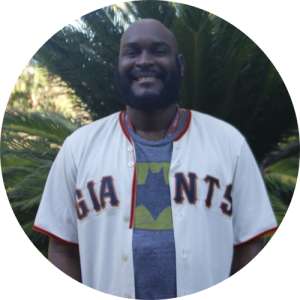
 |  |
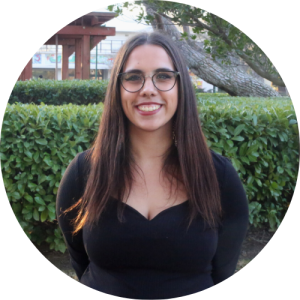
 |  |
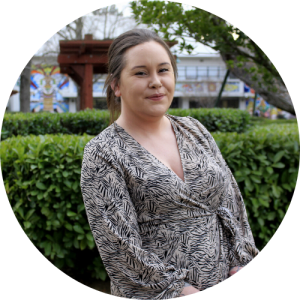
 |  |
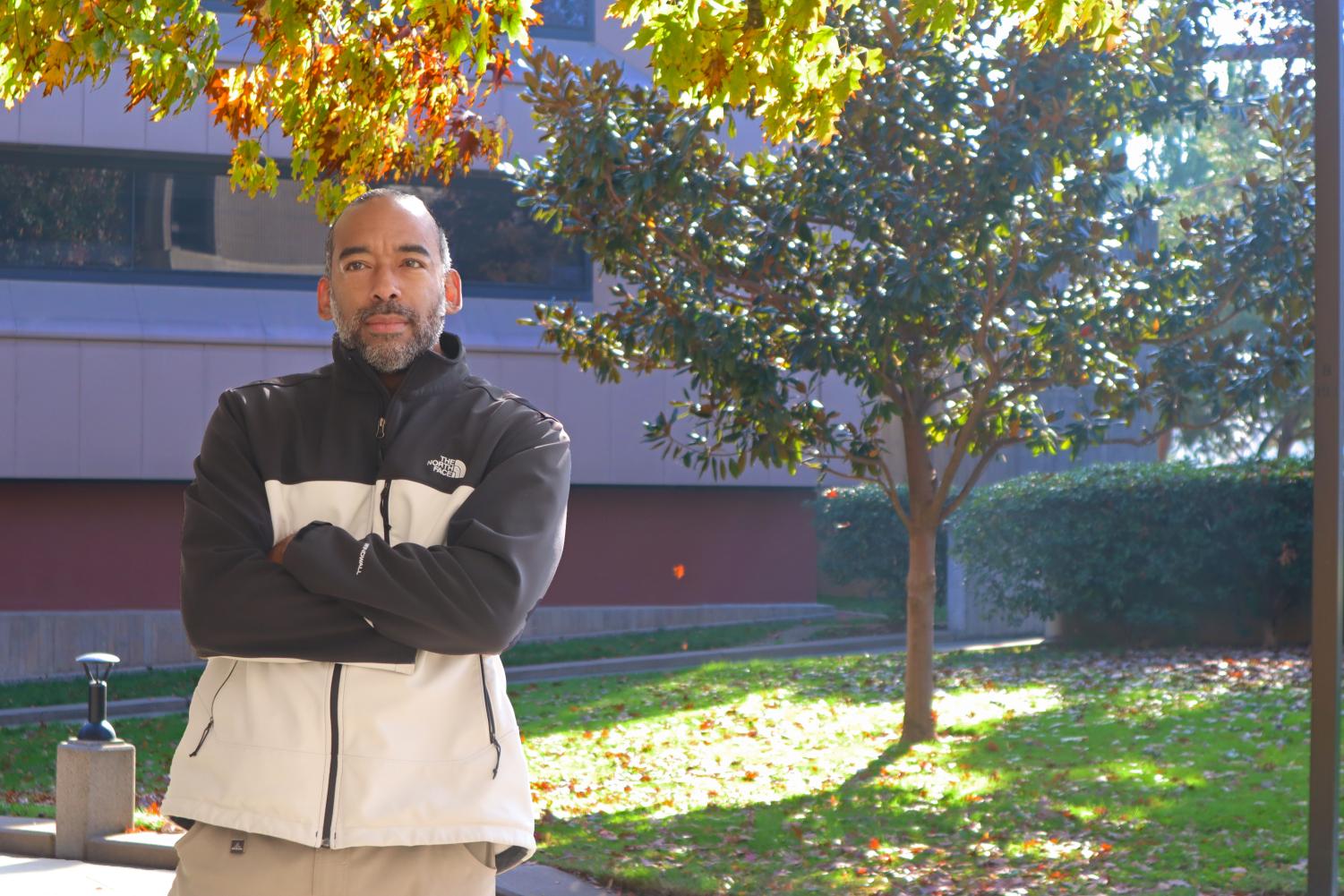

November 18, 2021
David Moore, a professor of business administration at Sacramento State, is wrapping up a Zoom meeting in his cramped office in Tahoe Hall surrounded by scattered piles of papers and empty Starbucks cups. Typically he teaches from home, but this day his internet is out. He’s working on campus on a Friday.
Two minutes away from his office on this foggy afternoon is the Academic Information Resource Center. In that very building is where Sanjay Varshney, a finance professor, reportedly racially profiled and called the police on him during a club meeting in 2018, according to Mother Jones.
Out of 106 faculty members in the College of Business, only three are Black. As one of a few Black faculty members in his department, he said he faces isolation.
Since that incident, Moore said he has gotten more “positive vibrations,” but from some colleagues he has faced even more “coldness in isolation.”
“I have some colleagues who are on board with being anti-racist, being anti-caste,” Moore said. “And, I have some colleagues that are clearly are in support of hierarchies and [the] caste system, even in our institution.”
Moore is one of the 94 Black faculty and staff working at Sac State, according to university demographics. And stories like Moore’s is one of the many incidents of racism to plague Sac State in recent years.
The State Hornet recently spoke with multiple Black faculty members, both former and current, to gather insight about racism and anti-racism efforts at Sac State.
Jerry Blake has been at the university for 29 years. He also works with several programs at Sac State, including the Male Empowerment Collaborative and Educational Opportunity Program.
He said Sac State’s delay of discussing anti-racism on campus could become problematic.
Having served as the vice president of the BFSA, Blake said that he and multiple of his colleagues have experienced racism during their tenure on campus.
“A number of us have had a sense of racism or perceived racism on campus,” Blake said. “I always felt there was some type of racial bias against the other African American males on the campus.”
Amongst campus conversations about anti-racism and inclusion, Sac State community members have asked about the “mass exodus” of Black administrators leaving the university.
In total four Black administrators have left Sac State since spring 2021: College of Health and Human Services Dean Robin Carter, Vice President for Inclusive Excellence Diana Tate Vermeire, Director of Inclusive Excellence Learning John Johnson and co-Interim Vice President of Inclusive Excellence and Director of Office of Equal Opportunity Skip Bishop.
When asked to comment, Melinda Wilson Ramey who previously served as the other co-interim vice president of inclusive excellence declined, saying if she was not able to get interview questions ahead of time, she would not contribute.
Temporarily in Bishop and Ramey’s interim position now is Mary Lee Vance, the head of Services for Students with Disabilities. Mia Settles-Tidwell also started this month as the new vice president of Inclusive Excellence.
In Moore’s opinion, the true purpose of the Office for Equal Opportunity is not to serve faculty.
This was made clear for Moore when he reported the incident with Varshney and Bishop determined it did not qualify as “discrimination,” as reported by Mother Jones.
“The Office for Equal Opportunity is not there to protect employees,” Moore said. “[It’s there] to protect the university.”
In response, President Robert Nelsen told The State Hornet that the OEO is “extremely important and serves many functions.” He said OEO investigates and resolves complaints and “serves a critical role in [the university]’s efforts to become an antiracist and inclusive campus.”
“We need to be a caring campus where everyone feels safe,” Nelsen wrote in a statement. “OEO exists to protect every member of the Hornet Family.”
RELATED: TIMELINE: A look at the recent history of racism at Sac State
Hakeem Croom, the program coordinator at the Martin Luther King Jr. Center and president of the BFSA, said the number of Black faculty and administrators leaving is considered the “elephant in the room” by faculty.
“The common thread is that [Black faculty are] leaving Sac State, so something is going on," Croom said. “Either they’re unhappy [or] they got a better opportunity, and we weren’t able to convince them to stay...there’s something there. We have to figure out what that is and hold the institution accountable to hiring more Black faculty and staff.”
One of numerous Black faculty who left was Bernard Brown, who left in spring 2021. Brown, a dance professor, was formerly the department’s few tenure-track Black faculty members within the theatre and dance department.
In an interview with The State Hornet, Brown stated he left due to being overworked at Sac State and for personal reasons unrelated to the university.
He said he had to think about his mental well-being, his sanity and his overall workload. Looking back, Brown said it was “very hard being one of the few Black tenure track faculty.”
During his first year at Sac State in 2017, Brown said he was asked to be the theatre and dance department’s affirmative action and equal opportunity representative as the only Black full-time tenure track employee. At the time, theatre and dance had five or six full time faculty, he said.
“We were going into a faculty search and in that, I think, is a very precarious place to put a junior faculty member,” Brown said. “How am I to feel competent and safe to call out these potential negative actions in terms of race, and equity and all of that, in a space where [I’d] only worked there for maybe five weeks?”
He attributes this to cultural taxation, the additional burden placed on faculty of color to serve as ethnic representation for an institution. Brown added that he has “shifting ideologies” on higher education and believes systems in higher education, like those at Sac State, can be oppressive.
“To be in that space, and to be like ‘Oh, am I actually doing the thing that I set out to do?’ Am I really transforming the space by being here or am I just being traumatized?” Brown said.
Having left last spring, Brown is now a professor at Loyola Marymount University, a private university in Los Angeles.
Previously, Brown was one of the anti-racism and inclusive plan’s main planning fellows. The anti-racism and inclusive plan was released over the summer and is composed of anti-racism initiatives and efforts. However, according to Sac State President Robert Nelsen, the convocation for the anti-racism and inclusion plan has been postponed to February.
Brown urged the Sac State administration to not “put the [anti-racism and inclusive] plan on the shelf” in the meantime and truly implement it with “fervor and gusto.”
“I hope that this isn't lip service,” Brown said. “I hope that the administration will get behind this, not just in words.”
Croom also said he was a planning fellow of Sac State’s anti-racism campus plan for a couple of months and stepped away to take care of family obligations.
He said that he thinks that the plan was “well-intended,” but the timing of it “happened in haste.”
“Given the slew of things that have happened in the last couple of years in regard to racial incidents…I think that the anti-racism campus plan was one that was created to help to solve an issue,” Croom said “The one thing that is making [executing the plan] tough is the turnover. We’re losing a lot of people.”
While Brown said he does not know exactly why so many Black administrators have left, he said he believes Black administrators feel as if their work is not respected.
“I feel that folks feel exploited on some level,” Brown said. “I feel that though the words sound nice, it's hard to continue to show up to something where you feel like the actions don't meet the words.”
Regarding what administration should do to change a racist campus culture toward students and faculty, especially white administrators, Croom said they should “stop being afraid.”
“We have to change the dichotomy of higher education to where things like anti-racism and having courage and speaking the truth of power [are] good for the bottom line,” Croom said. “But, it takes a courageous, transformative leader who can lean into that unapologetically...[someone who is] willing to make mistakes, willing to know that they don’t have all the answers.”
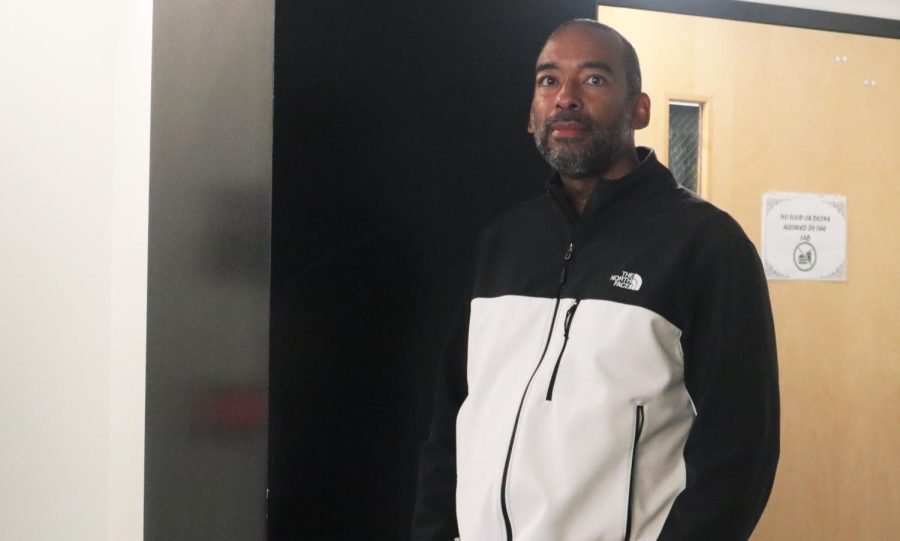
Moore believes the university can do better through conducting exit interviews accessible to the public, retaining more faculty of color.
“What can they do for Black professors [is the] same thing they can do just for professors in general, stop promoting and supporting a caste-based system,” Moore said. “Faculty used to be the university. Now, we're just employees.”
Clarence George III, a professor of Pan African Studies, began working at Sac State in August. He shared Moore’s idea that hiring more diverse staff in positions of power will help in the university’s anti-racism efforts.
“I don’t know if you know what they all look like, but they all don’t look like me,” George said. “How do you implement an anti-racist plan and then how do you back it up with giving people positions of power, who are people of color, to see how the policy will look through their eyes?”
Blake said that there have been multiple concerns among the BFSA regarding Sac State, one being Black faculty and staff leaving.
“The other one would be equity of hiring and equity and raises, promotions, things like that,” Blake said. “And again, I can only speak from the standpoint of conversation. But those are some of the major conversations right now. Some of the faculty and staff, we give it a nickname, call it the ‘Black exodus,’ that the staff are just leaving.”
As a Black faculty member at Sac State, Croom said that at a “micro” level, he does feel supported within his area of work at the MLK Center.
“There’s a ton of support within my area in regard to the work that we do, me as a person... working as a team of folks who have a similar shell of experience and others who may not have a similar shell of experience,” Croom said. “But there’s a level of cultural competency and understanding that adds to the work.”
But at the “macro” level, Croom said he does not feel supported, considering the allocation of the budget that the MLK Center receives and not being able to feel like he is “climbing up the ranks.”
“Budgets are statements of value,” Croom said. “When I think about the MLK Center and when I think about some of our budgetary pieces, from my understanding our budget is pretty small.”
Croom said climbing up the ranks at Sac State is a struggle because of the structure in which positions are created, adding that it is a problem with higher education in general, including Sac State.
Until Sac State changes the representation of Black and Brown faculty and staff in higher ranking positions, the university will continue to see a “trickle down effect” of a lack of cultural competency, he said.
George said he deals with the challenges of anti-racism on a daily basis with his students in his Pan African studies classes and that he would not want to hold the university to his standard of what he does because the two areas are “totally different.”
“It takes a lot of almost juggernaut momentum to move a whole university,” George said. “I think the anti-racist agenda and climate creates opportunities to get better [and] creates opportunity to see where we’re lacking and where we need to create more diversity.”
Still working at Sac State, a lot has happened to Moore since the incident in 2018. He spoke at a California Faculty Association event last spring discussing systemic racism and has written a book on running a student investment club. For Moore racism at Sac State is not an isolated incident, but a product of living in the United States.
Moore said he is a “engineering and computer science nerd at his core” and when looking at racism at Sac State, he is reminded of fractals.
When looking at fractals from a high level, Moore said you see one pattern. When you zoom in, you see the same image. The same goes for racism, he says. What happens at Sac State is no different when looking at the United States as a whole.
“Nothing [is] different than what you see if you step down and look at the United States in general and especially if look at the United States in general over time,” Moore said. “It's not a different picture.”
Your donation will support the student journalists of Sacramento State University. Your contribution will allow us to purchase equipment and cover our annual website hosting costs.

 |  |

 |  |

 |  |